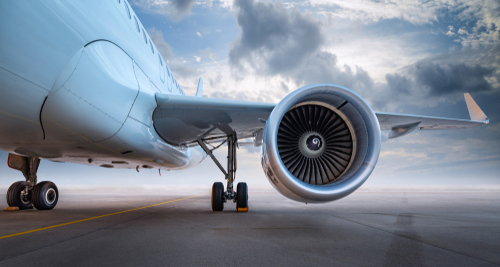
With support for new powered lift aircraft in mind, U.S. Reps. Jimmy Panetta (D-CA) and Jay Obernolte (R-CA) launched an effort to revamp the U.S. tax code this week, through the AAM Tax Exemption Parity Act.
“Advanced Air Mobility has the potential to revolutionize personal transportation within our cities and our country,” Obernolte said, pitching tax parity as a path to innovation.
Both legislators are co-chairs of the Advanced Air Mobility (AAM) caucus, and have narrowed in on certain aircraft tax exemptions as unequally distributed. Namely, they noted that fixed-wing and helicopter operations can gain ticket and cargo tax exemptions for certain activities, but powered lift aircraft are excluded. They want to see the playing field evened out, while also reauthorizing the Federal Aviation Administration (FAA) and aviation safety and infrastructure programs for the next five years.
To achieve the latter, they proposed their legislation as an amendment to the Securing Growth and Robust Leadership in American Aviation Act (H.R.3935).
“As Advanced Air Mobility takes flight, we need our nation’s tax code to keep pace with and support this emerging technology,” Panetta said. “By clarifying that tax exemptions available for helicopters and fixed-wing aircraft also apply to powered lift aircraft, we’ll ensure a level playing field across aviation. Taking this action will better support the growth of these innovative aircraft which have the potential to open new modes of transportation throughout our country.”
Their proposal also has grounding in oversight recommendations. In 2022, the Government Accountability Office (GAO) recommended clarifying AAM aircraft tax exemptions to guarantee greater efficiency and efficacy of aviation tax law.